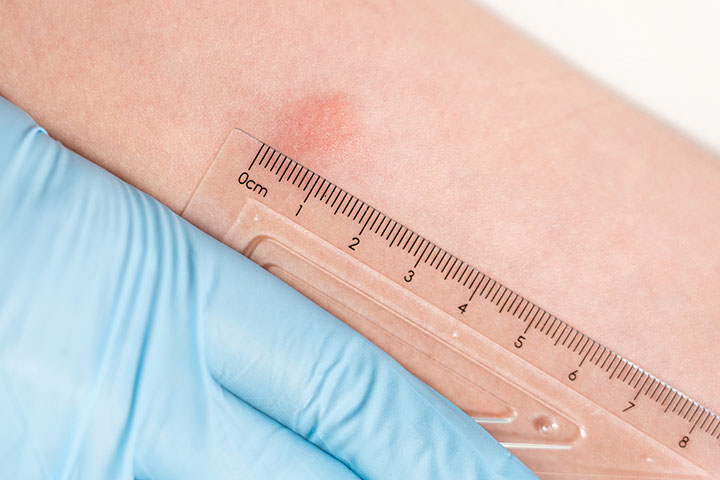
A tuberculosis (TB) test is a diagnostic tool used to determine whether a person has been infected with Mycobacterium tuberculosis, the bacterium that causes TB. The test helps identify latent TB infection or active TB disease, guiding appropriate treatment and prevention measures.
A TB test is used to detect the presence of tuberculosis infection. There are two primary types of TB tests: the tuberculin skin test (TST), also known as the Mantoux test, and the TB blood test, also known as the interferon-gamma release assay (IGRA). Both tests help determine if a person has been infected with TB bacteria.
The procedure for TB testing varies depending on the type of test used:
Tuberculin Skin Test (TST):
TB Blood Test (IGRA):
© 2021-2025 Wyandotte Urgent Care Clinic. All Rights Reserved. Made With Love by Ignite Marketing Agency.